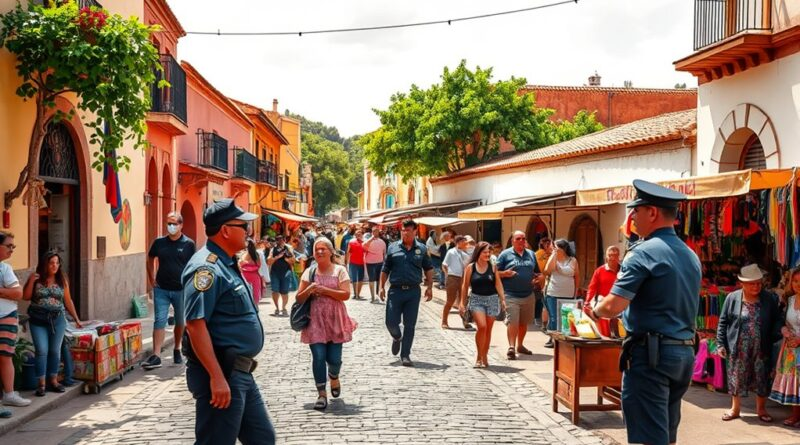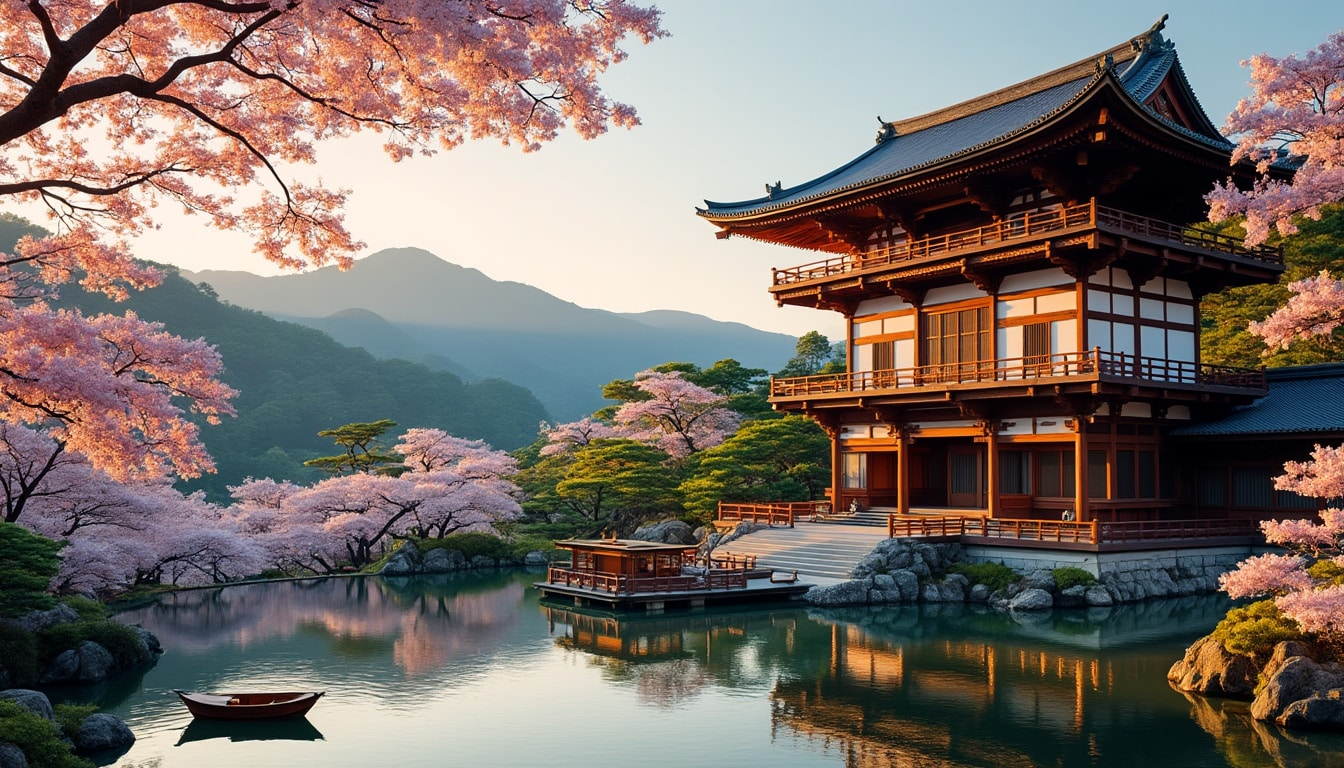Nestled in the rugged mountains of southern Mexico, Oaxaca is widely celebrated for its vibrant festivals, colorful textiles, and culinary delights—but its true rhythm lies in lesser-known communities where tradition lives in daily rituals. In towns like San Pablo Villa de Mitla or Teotitlán del Valle, artisans still weave Zapotec patterns using natural dyes extracted from local plants, and mezcal distillers follow age-old methods passed down through generations. Local historians and cultural preservationists say these places are essential to understanding Oaxaca’s deep roots. Their knowledge, often oral and experiential, grants visitors a more authentic connection—one grounded in lived expertise.
Yet many travelers bypass these gems, drawn instead to more famous sites like Monte Albán or the city centre. Missing this intimate side means overlooking Oaxaca’s layered identity. Behind every mural, every clay figurine, there are stories of colonial history, indigenous resilience, and ecological wisdom. Recent anthropological research shows that sharing such stories—not just listing attractions—builds trust and authority: it demonstrates that the writer has engaged with locals, studied their traditions, and validates cultural meaning. This depth of insight helps visitors appreciate how rituals, crafts, and language shape daily life in ways that “touristy” photos cannot convey.
For the thoughtful traveler seeking more than scenic views, Oaxaca offers tools to engage respectfully: stay in family-run guesthouses, hire local guides, attend workshops with artisans, and learn basic Zapotec words. These experiences not only deepen your journey but also support communities preserving their heritage. Expert travel writers confirm that this kind of immer





